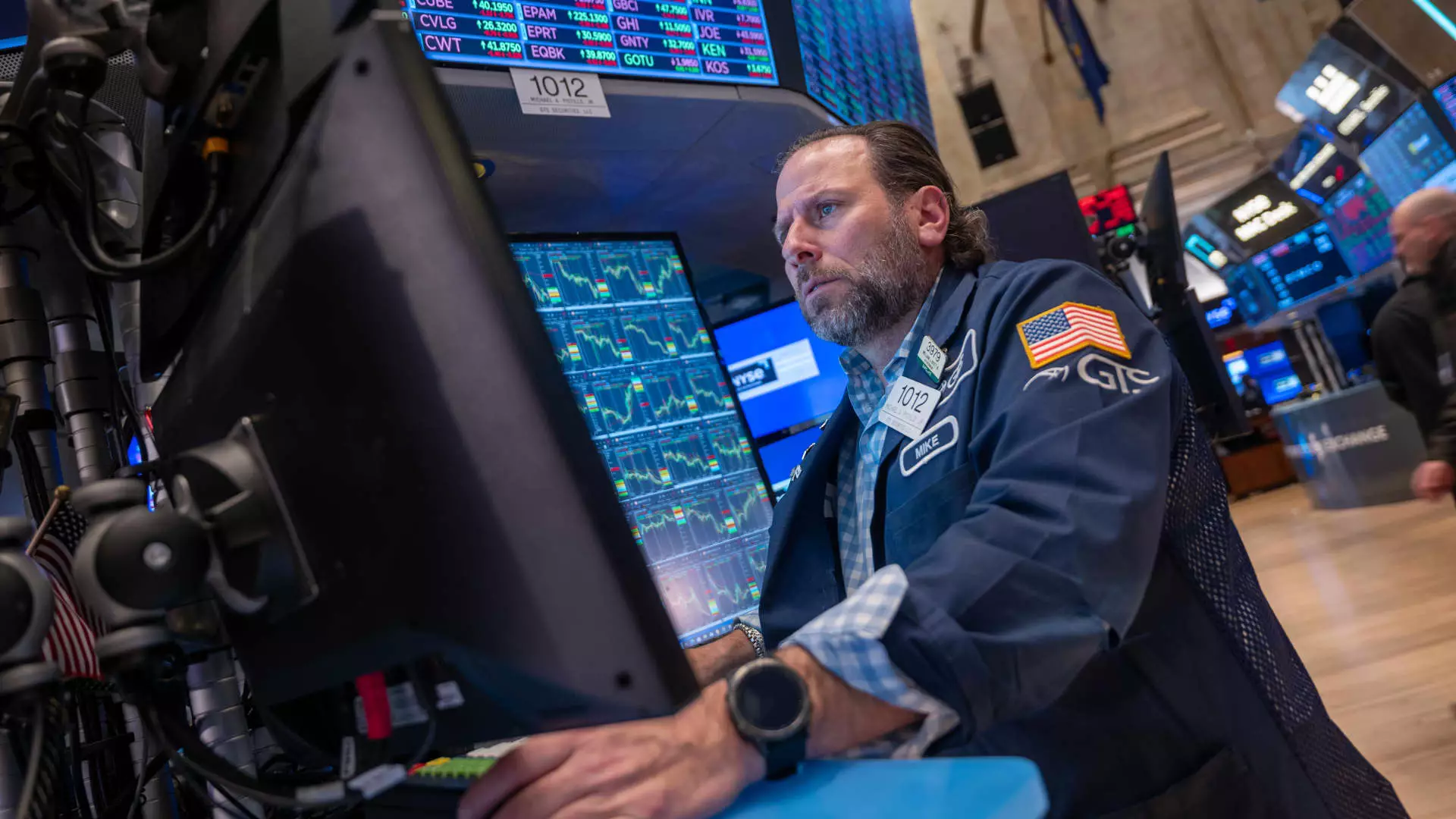The financial landscape has undergone significant changes since the onset of the global pandemic, resulting in a surge of discussions surrounding key economic indicators such as inflation, interest rates, and yield curves. Investors today find themselves attempting to decipher a host of economic narratives that discuss persistently high inflation rates, corresponding increases in interest rates, and the implications of a yield curve inversion that may suggest an impending recession. This article will break down these complex financial concepts and provide insights into their potential implications for growth-oriented stocks in 2025.
In the wake of the pandemic, inflation has emerged as a critical concern among investors and policymakers alike. The influence of inflation on the economy is multifaceted; as prices remain elevated, central banks, such as the Federal Reserve (Fed), have responded by adjusting monetary policy to manage inflation while maintaining maximum employment. The strong labor market indicates that consumer spending is likely to persist, potentially driving inflation even higher. This interaction between employment and inflation presents a delicate challenge for the Fed, influencing its policy direction.
Interest rates, particularly the Fed Funds rate, are affected by inflation expectations. Investors’ concerns about rising prices can lead to a sell-off of bonds, pushing yields higher. This trend is particularly noticeable in the short-end of the yield curve—the 2-year Treasury yield, which is closely aligned with the Fed’s policy actions. As inflation expectations grow, yields tend to rise, creating a strong correlation between the two.
Recently, a noticeable divergence has been observed between short-term and long-term Treasury yields. The 2-year yield has remained relatively stable, hovering around 4.40%, while the 10-year Treasury yield has surged past 4.8%. This divergence can be indicative of various economic factors that warrant further exploration. Understanding the dynamics of yield spreads is essential for gauging investors’ expectations regarding future economic performance.
The behavior of the 2-year yield, which is often viewed as a reflection of the Fed’s monetary policy, indicates that the central bank is unlikely to lower interest rates in the foreseeable future. Meanwhile, the 10-year yield’s upward trajectory could suggest that investors are factoring in long-term inflation expectations and economic growth outlooks. As yields fluctuate, they influence the overall health of the stock market.
The yield curve is a vital economic indicator, often interpreted as a predictor of economic conditions. When the yield curve inverts—meaning that long-term yields fall below short-term yields—it can signal an impending recession. Conversely, a normal or upward-sloping curve typically reflects economic growth. Current analyses indicate that the yields’ positions are crucial in providing insights into market sentiment.
By examining the yield curve, we can also look at its impact on stock performance, particularly the relationship between growth and value stocks. When the yield curve normalizes and begins to slope upward, growth stocks often outperform value stocks. This trend reflects investor behavior and sentiment, as they anticipate future growth in sectors driven by innovation and technology.
Within this context, growth-oriented stocks—particularly in the technology sector—have shown resilience and potential for significant returns. Major players such as Apple, Nvidia, Microsoft, Amazon, and Meta have demonstrated strong performance despite fluctuations in macroeconomic conditions. The ongoing trend in favor of growth stocks underlines the importance of monitoring economic indicators and understanding their implications for investment strategies.
Investors should remain vigilant regarding resistances and supports in respective yield curves, as these levels can indicate shifting sentiments within the market. A comprehensive analysis of market trends, including monitoring the yield curve, is essential for making informed investment decisions in a volatile economic environment.
As we approach 2025, keeping an eye on the intricate relationships between inflation, interest rates, and the yield curve will be critical for investors—especially those inclined towards growth stocks. The complexities of the market require a nuanced understanding of these indicators and their broader implications for economic trends. By recognizing the interconnectedness of these factors, investors can position themselves better to navigate the uncertainties ahead.
Ultimately, fostering an informed investment strategy rooted in a deep analysis of current economic conditions will yield constructive insights for future growth. Understanding how these dynamics shape the financial landscape can create a pathway for intelligent investment decisions that align with evolving market conditions.

